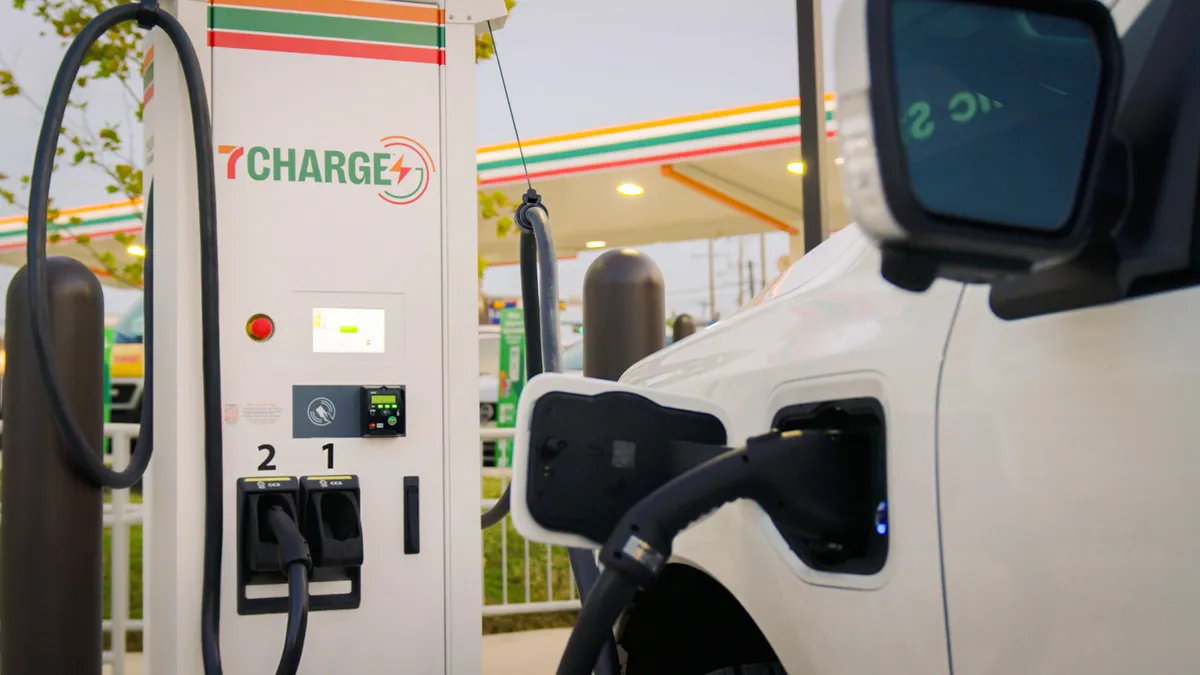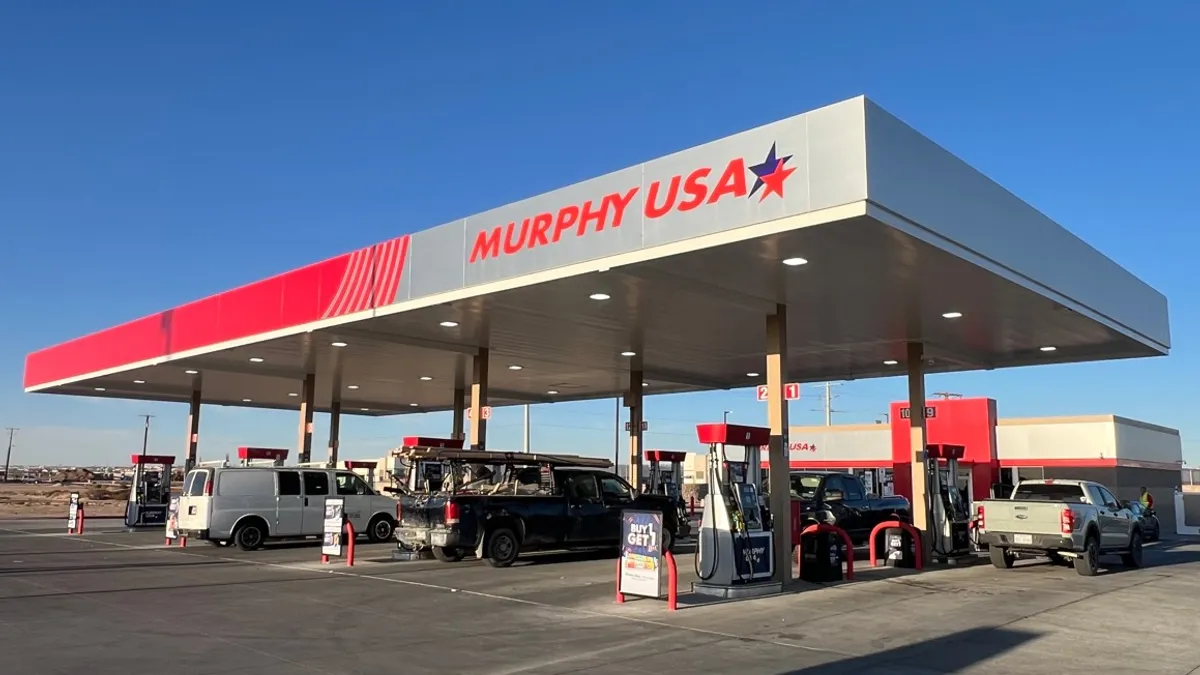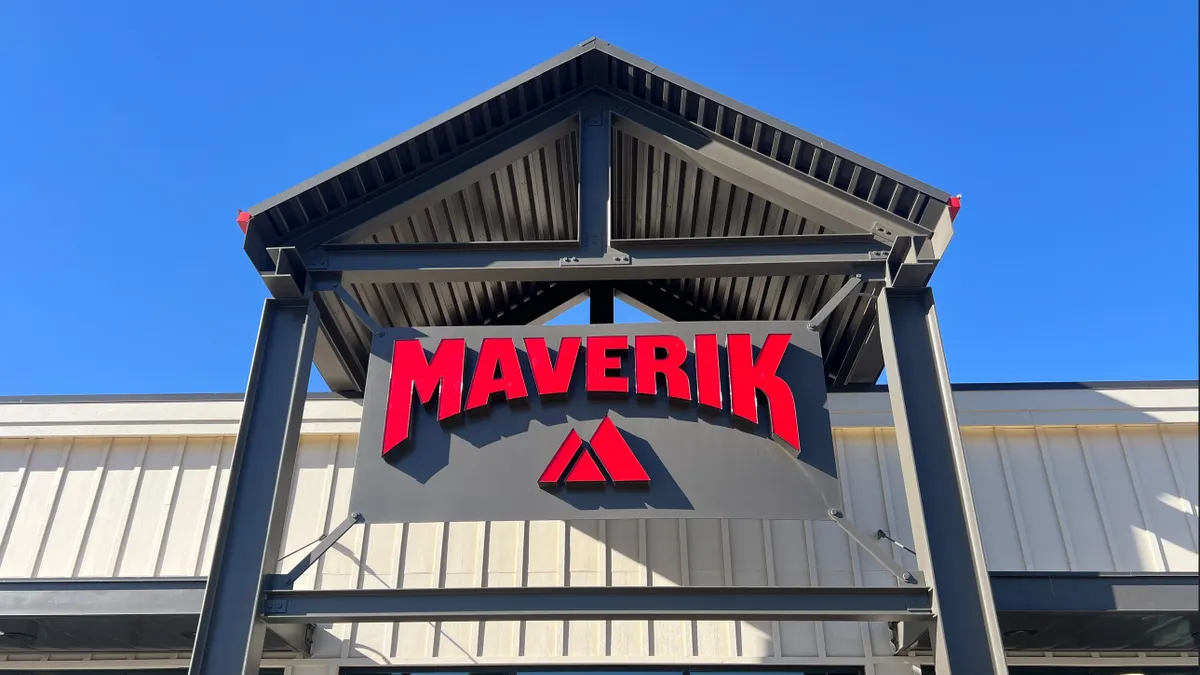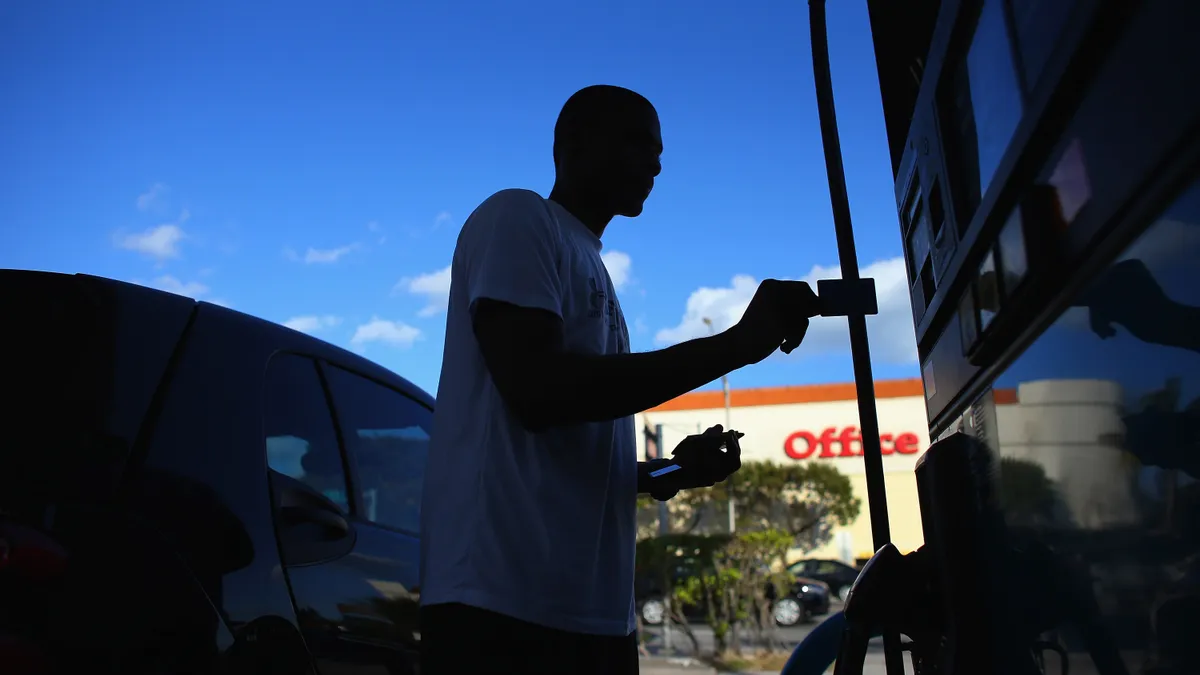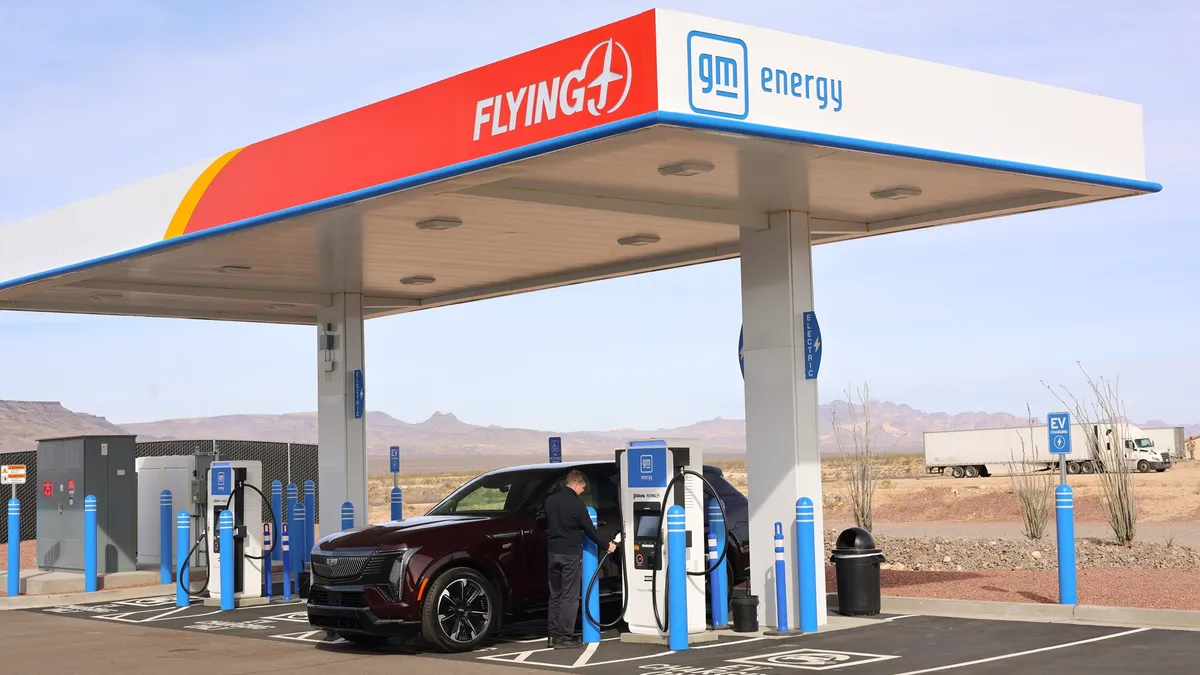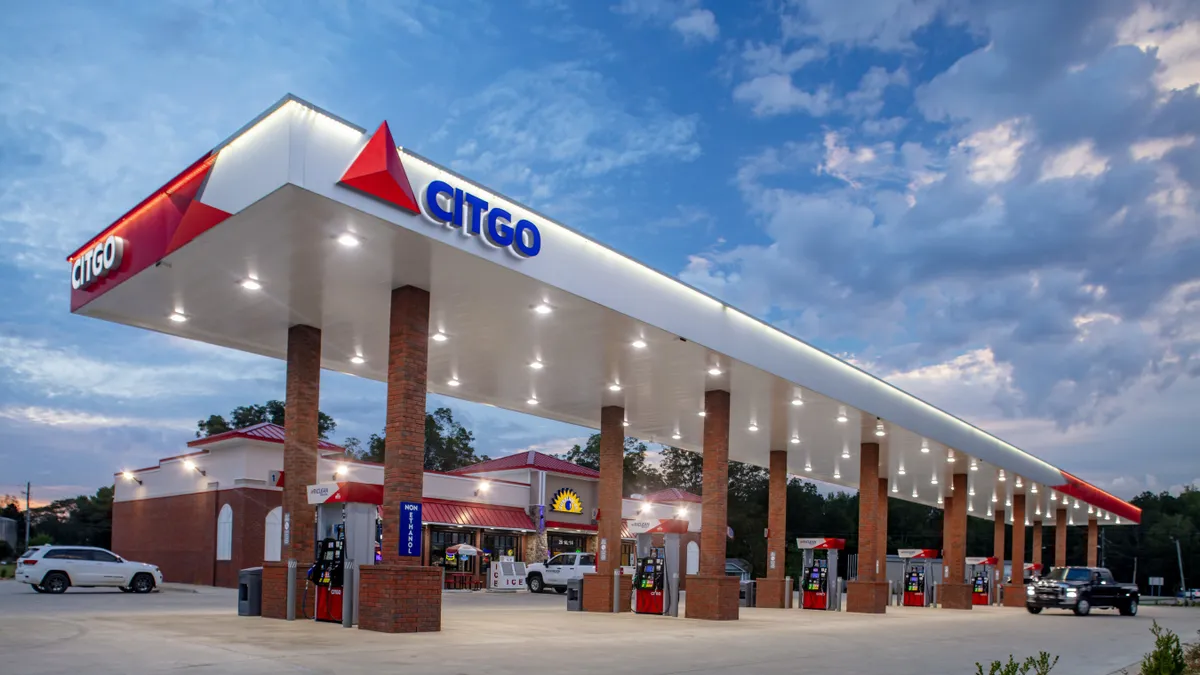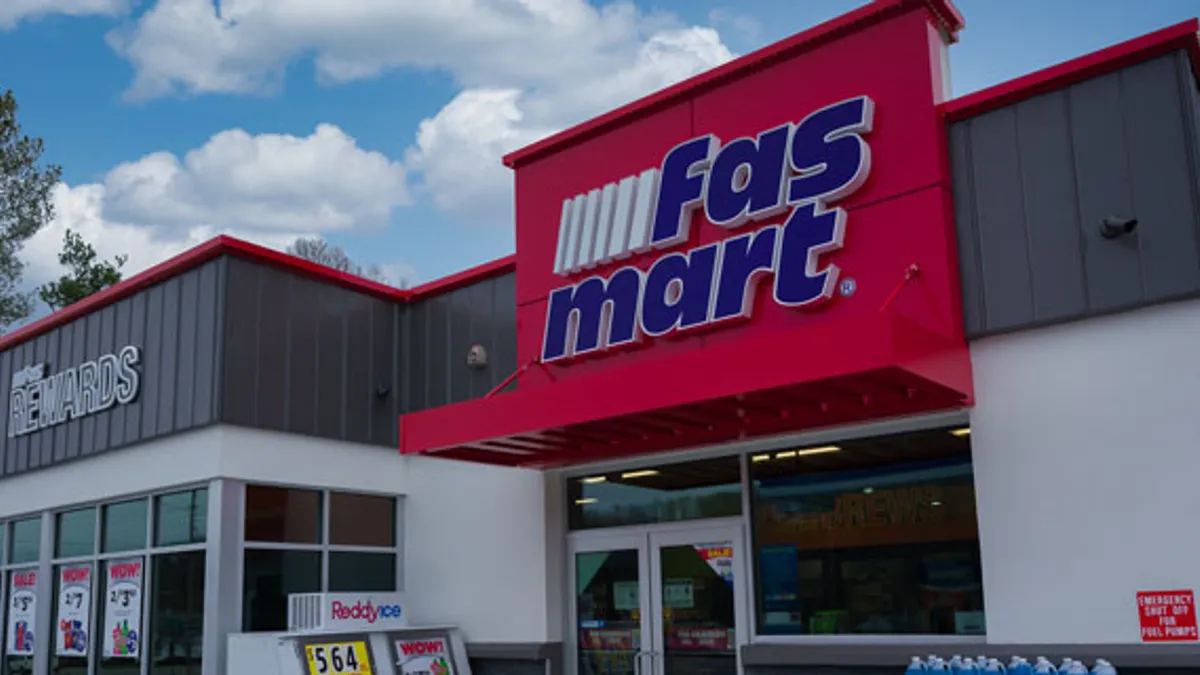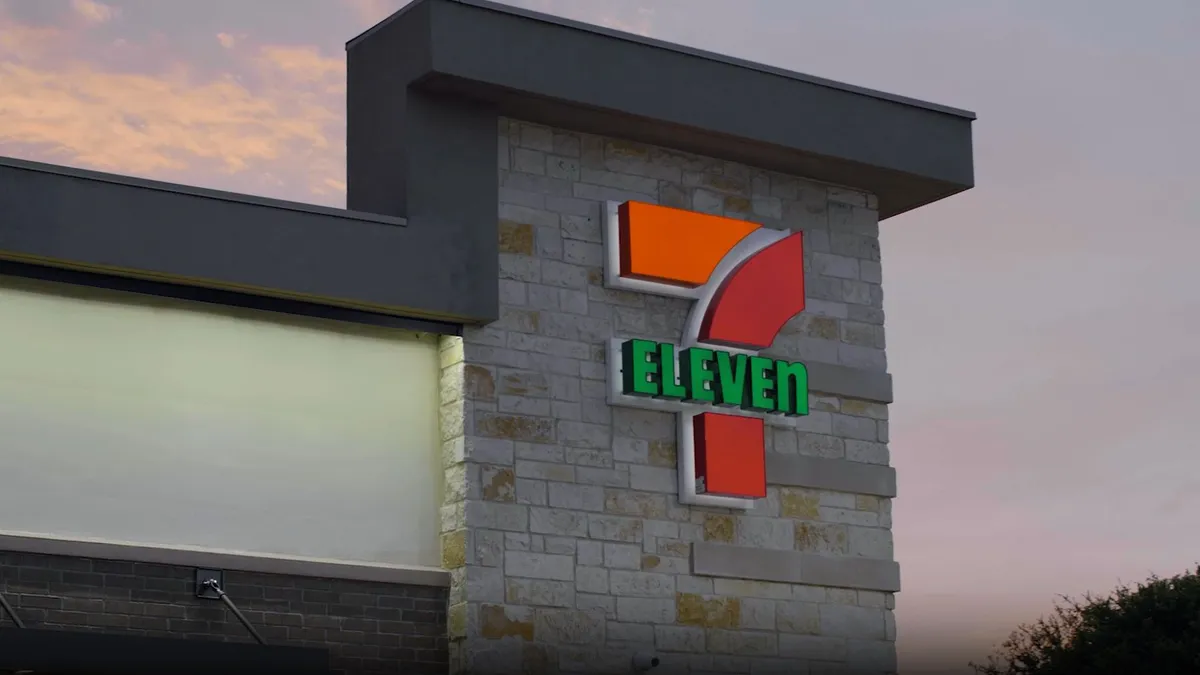While the number of electric vehicles on U.S. roads is growing, overall adoption is still quite low. The Transportation Energy Institute, an Alexandria, Virginia-based nonprofit advocacy group focused on transportation fuel resources, expects that even by 2030, just 6% of all vehicles in operation will be electric.
And the growth is sporadic, with adoption of electric vehicles being much stronger in states like California and New York that have rules aimed at reducing emissions. According to the Transportation Energy Institute, in 2021 82% of all electric vehicles were registered in just 15 states.
"That's forecast to be 76% by 2030, so you're still looking at 35 states sharing 24% of electric vehicles," said Executive Director John Eichberger.
Despite this, the adoption of electric cars by American consumers is steadily growing. More electric cars means fewer consumers filling up with gas, and consequently, fewer of those customers stepping into c-stores to buy sundries. Installing EV chargers is an easy decision for some c-stores, sources said. But just because the roads are seeing more electric vehicles doesn't mean a charging station is right for all retailers.
Assess the market
If a c-store is considering installing an EV charger, it first needs to pay attention to its local market, said Eichberger. It's wise to look at national trends, but even smart to start closer to home. Operators should stand on their property and watch how many electric cars go by. Check out the nearby competition, as well, and see if they have EV chargers.
A great source of information, he points out, is local car dealers. Visit them and ask if they're selling more electric cars.
Also, stores should consider if they have the space to implement charging stations, said Jon Schaer, director of retail, fueling and convenience with Campbell, California-based ChargePoint. And, do their utilities and infrastructure have the capacity necessary to support chargers?
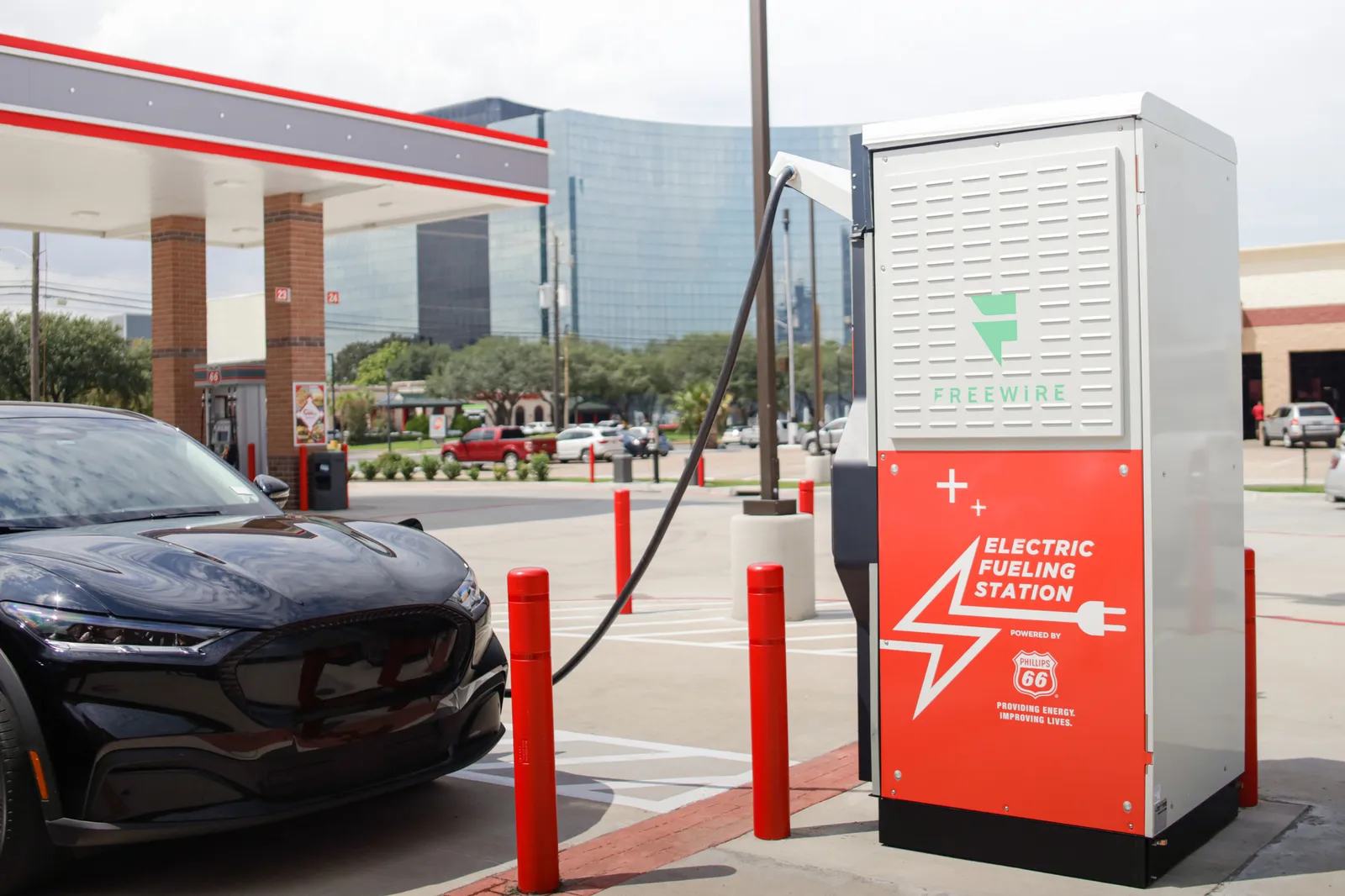
Finally, advised Schaer, can a convenience store handle the extra business that chargers promise to bring in, and is there enough at the location for them to do? Typically, he pointed out, electric vehicle drivers are on-site for longer than the drivers of conventional cars. EV drivers also often spend more since they're typically more affluent.
"Does your business today have the amenities to account for that longer time and if it doesn't, is it willing to invest?" asked Schaer. "Does it have the space to accommodate that longer dwell time?"
Understand the costs
The cost of installing an EV charger can vary dramatically. "A single charger can cost less than $50,000 if you have the service required, or more than $150,000," Eichberger said.
Retailers can seek assistance from several sources. National Electric Vehicle Infrastructure (NEVI) grants can offset much of the cost of installing EV chargers for locations that match national and state criteria. There are usually also federal, state and municipal grants available, Schaer pointed out.
"This is no small investment," he said. "If you don't have some grant money available you might want to think hard about whether this is the right time to do this. There is a lot of grant money out there so identify where that is and apply for it."
Once a convenience store has an EV charger, the costs don't end there. Chargers can add thousands of dollars per month to a store’s utility bill, and grant money doesn't cover that.
Companies also usually pay a demand charge to their utility that’s based on their peak previous usage. Those demand charges can spike — and stay there for the month — if several cars end up charging at the same time and driving the peak usage point much higher.
Level 1 and 2 chargers are available for c-stores to install, but can take hours for a charge. Direct current fast chargers are "the best solution for convenience stores or other corridor locations where drivers need to recharge quickly," said Schaer. Fast chargers allow for a quicker charging experience, like ChargePoint's Express Plus system, which has the potential to add hundreds of miles of range in under 15 minutes.
Eichberger recommended going modular, so retailers can start out with one or two charging stations and add more over time. "The demand is going to grow," he said.
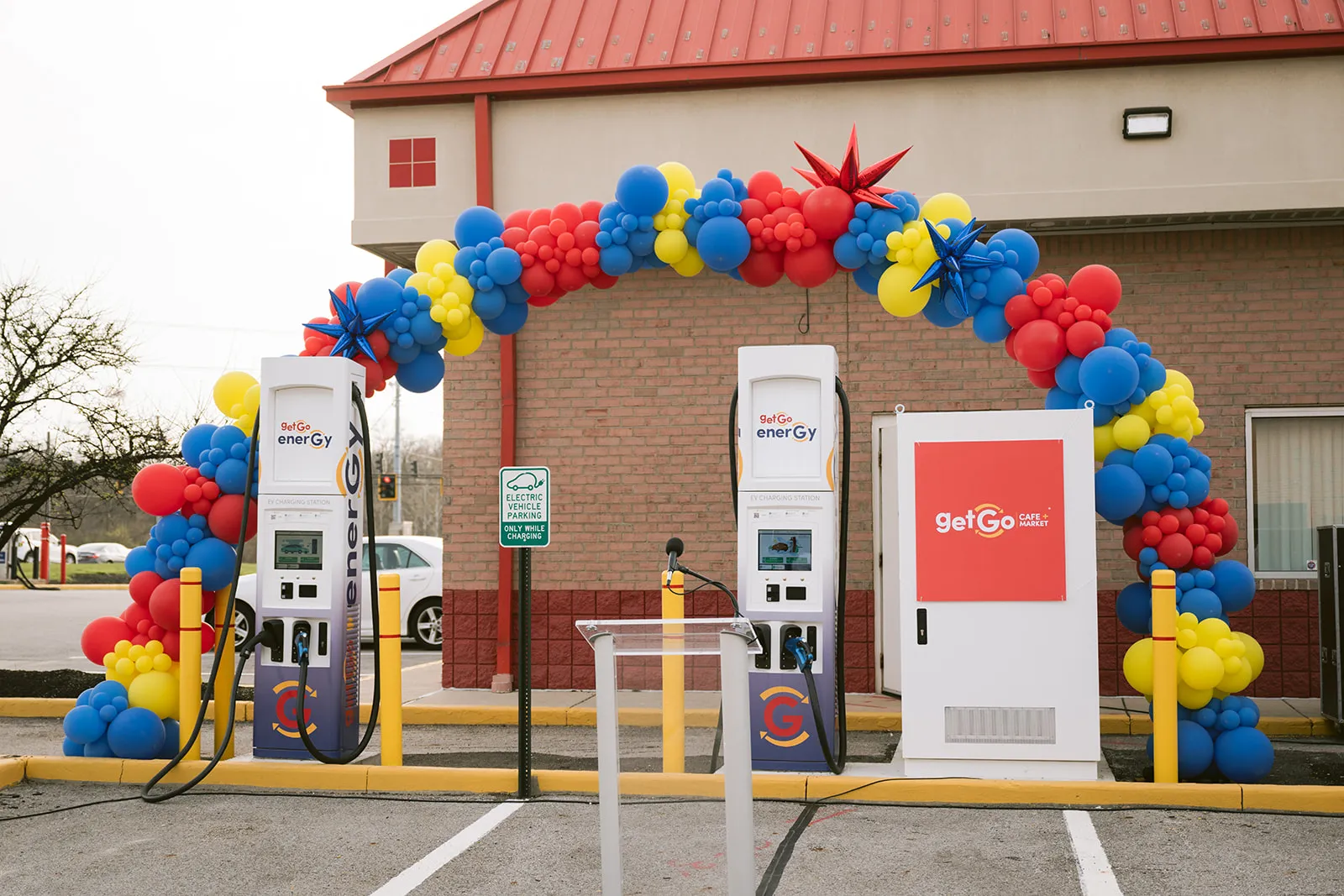
Strategic placement
Once a convenience store commits to installing EV chargers, it may be tempting to relegate them to the back of the lot, or simply place them where the power enters the property. A better idea is to put them where electric vehicle drivers can see them and feel comfortable using them, sources said.
Retailers should also consider adding extra amenities, like placing a canopy over the chargers. "That may cost a little more, but you're trying to generate revenue from this location," said Eichberger. "You need to think about it as a business investment, not a test."
C-store owners also need to consider the fact that EV drivers tend to find chargers through an app, making it vitally important for stores to be visible across digital services.
Self-operate or third party?
Convenience store owners have several choices when it comes to who operates their charger. They can buy the hardware from a manufacturer, install it and operate it. This has a sharper up-front cost but no ongoing third-party fees and it allows the convenience store to include the EV chargers in its loyalty program and point of sale system. It also means the retailer can use the charging station for marketing, encouraging customers to come into the store for special offers.
"For decades c-store chains have spent billions of dollars creating a unique guest experience they can control and this is an extension of that," said Schaer. "The ability to engage with customers over that loyalty scheme become endless and the monetization curve goes up."
Another advantage of operating your own charging station is you can brand it. The ChargePoint name, for example, is well known but a convenience store could also benefit from featuring its own name. Companies like 7-Eleven, Circle K and GetGo Cafe + Market have all gone this route for some or all of their chargers.
Owning and operating the charger is a lot more work, as the convenience store has to handle construction, maintenance and negotiations with the utility company. On the plus side, if a retailer owns and operates the charging station, it can set prices, Schaer explained, including any loyalty offerings.
Alternatively, c-stores can install an EV charging station and have a third party run it and pay for its installation. This requires almost no input from the convenience store, but there are ongoing fees and a lot of lost customer data that could have been captured. The third party operator also sets pricing in those cases.
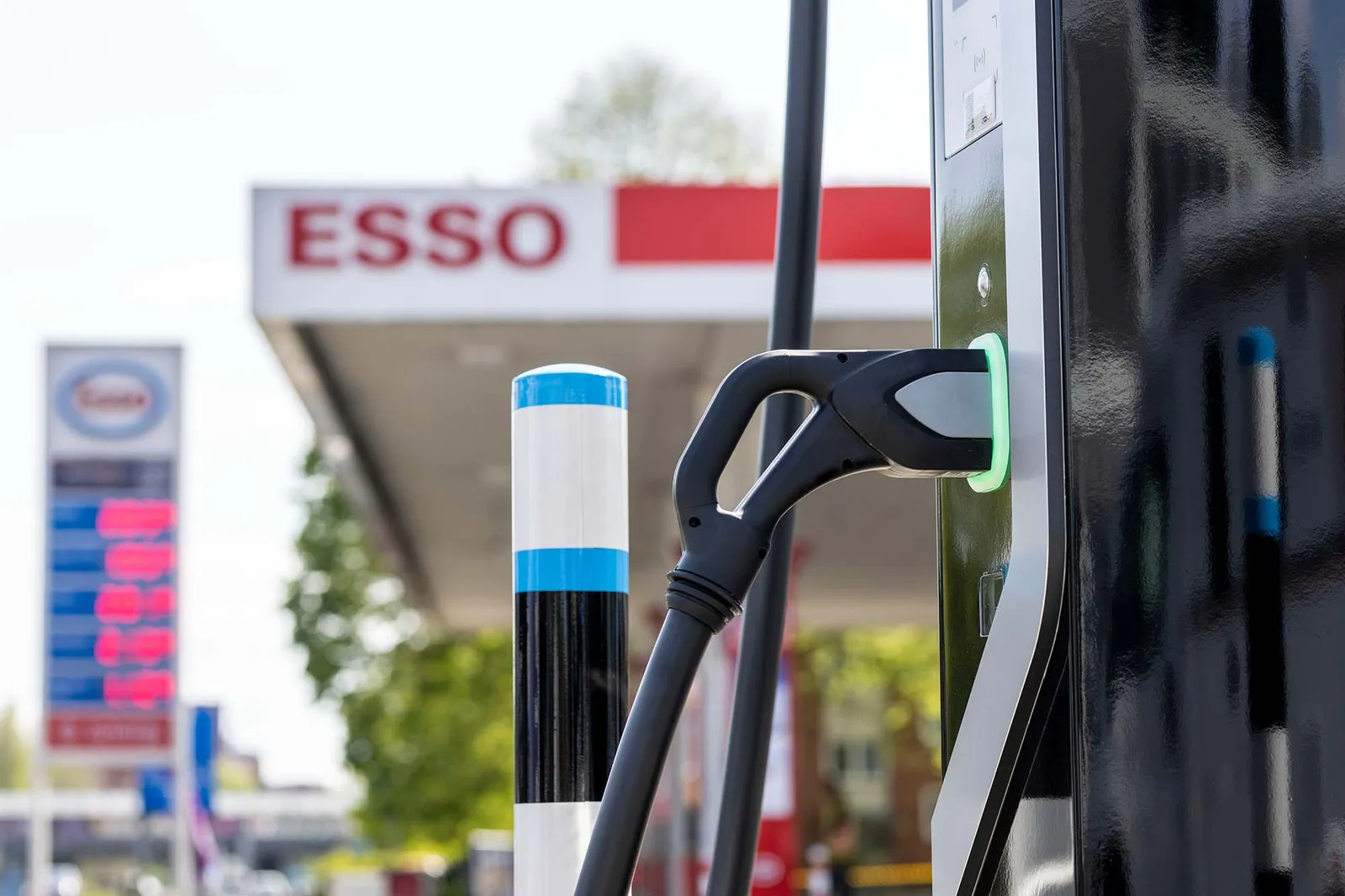
Battery-buffered charging
Another option for c-stores is installing battery-buffered chargers, which pull much less power from the grid at one time so utility costs are lower. The charge is stored in batteries, which can then distribute it in bursts for quick charging without spiking demand from the grid. Installing these allows operators "to reduce the construction, reduce the install time and the install cost," said Dennis Müller, senior vice president, product marketing and communication, ADS-Tec Energy, whose global headquarters are in Nürtingen, Germany.
However, the chargers themselves generally have a higher up-front cost.
ADS-Tec’s battery-buffered chargers can handle 20 to 40 cars per day. "Our input power level is very low — around 40 to 50 kilowatts — and we can offer up to 320 kilowatts for output so we have six to eight times more power than from the grid," Mueller said.
These chargers can be used anywhere, but work particularly well at c-stores located farther away from highways where there's less power, Mueller said.



